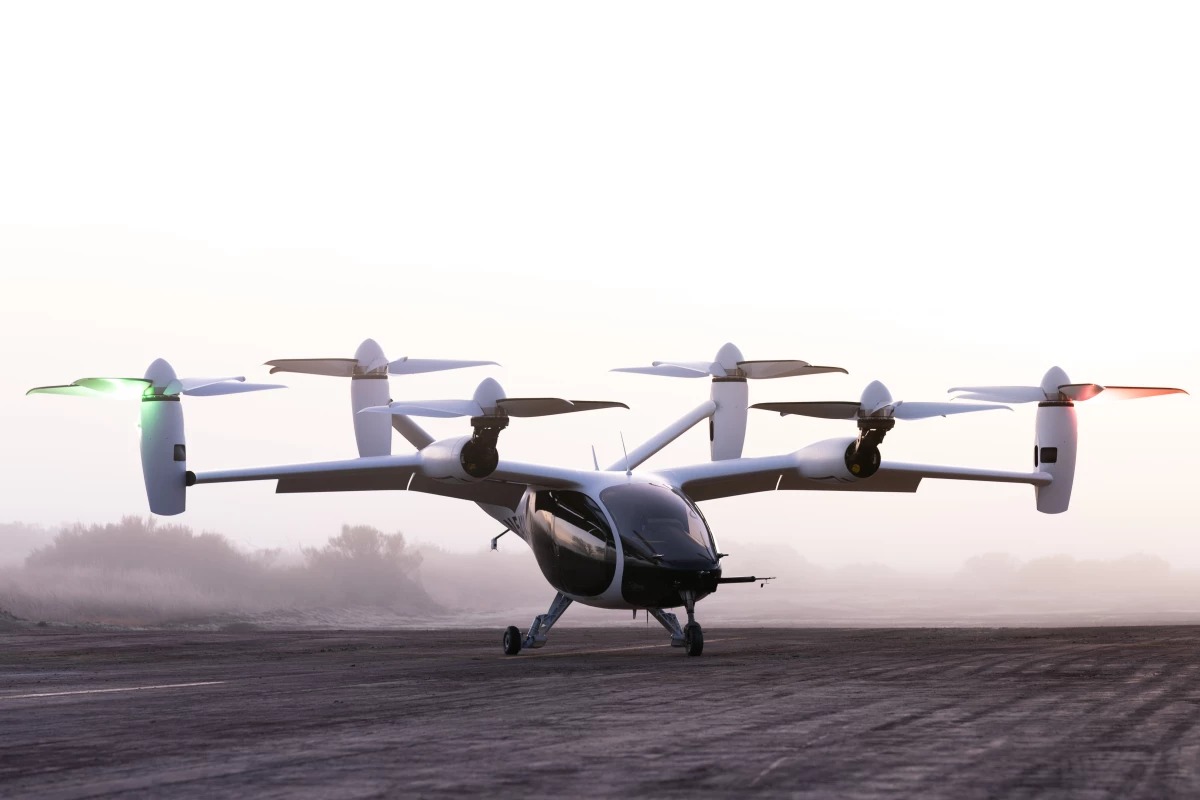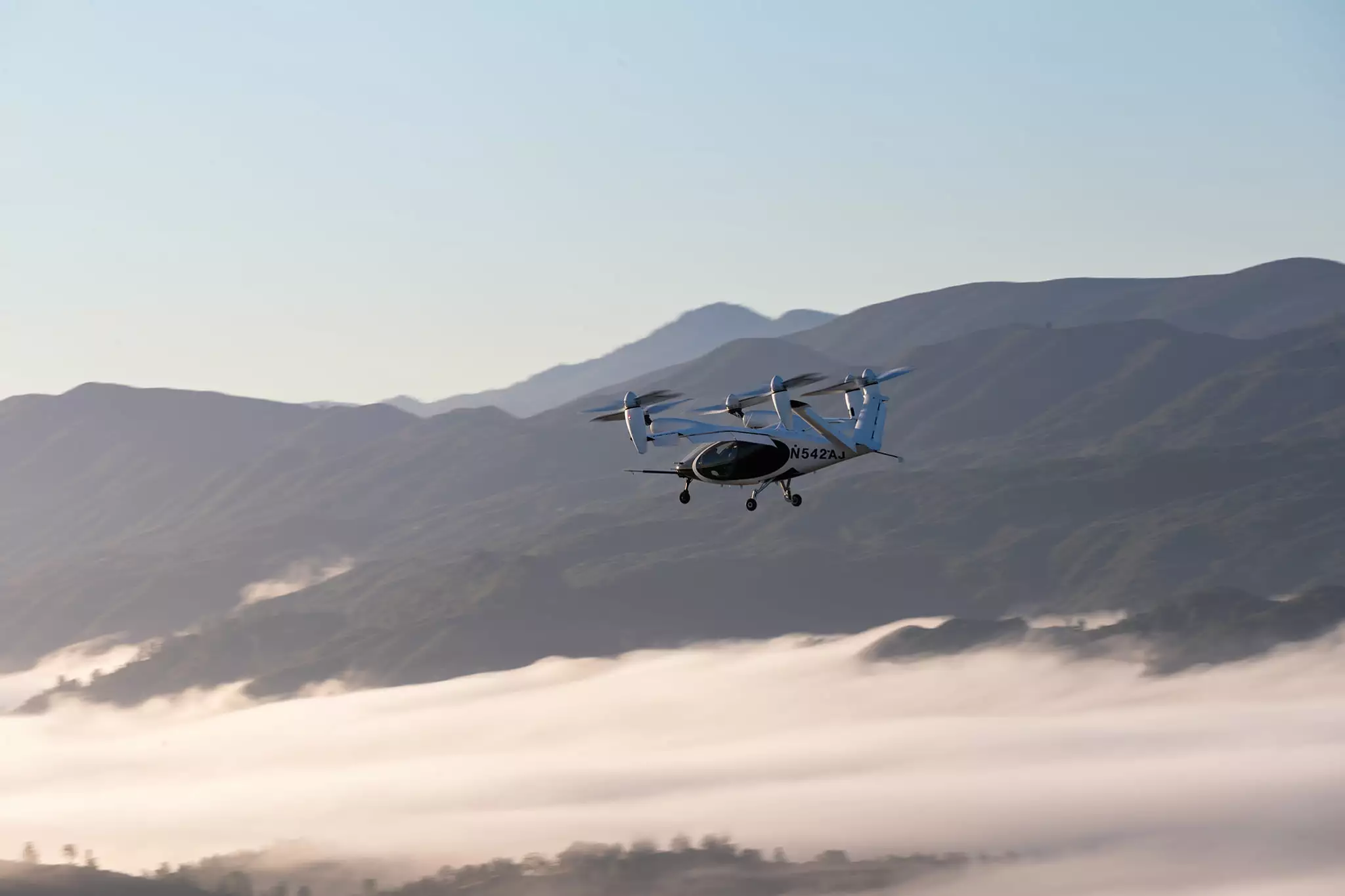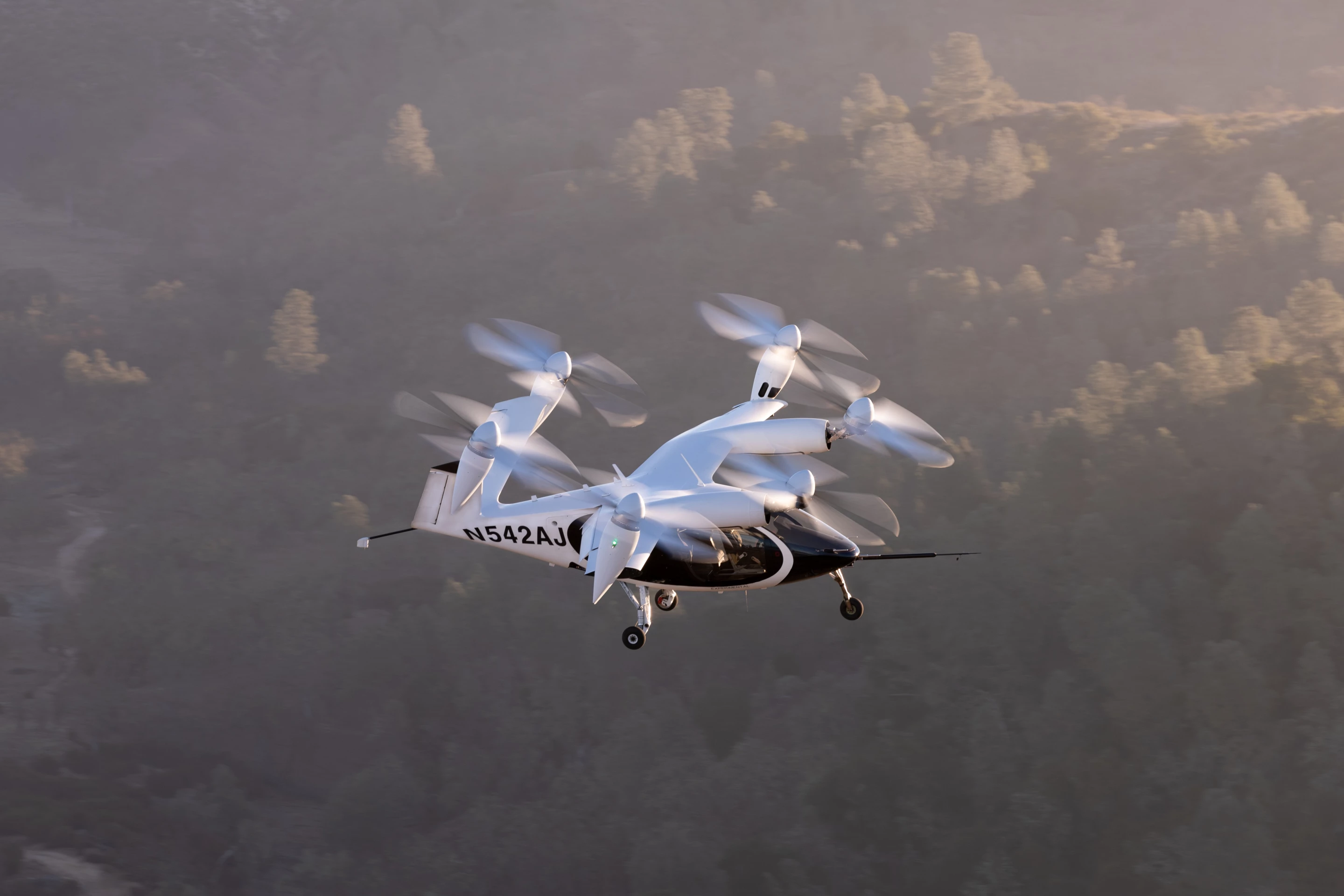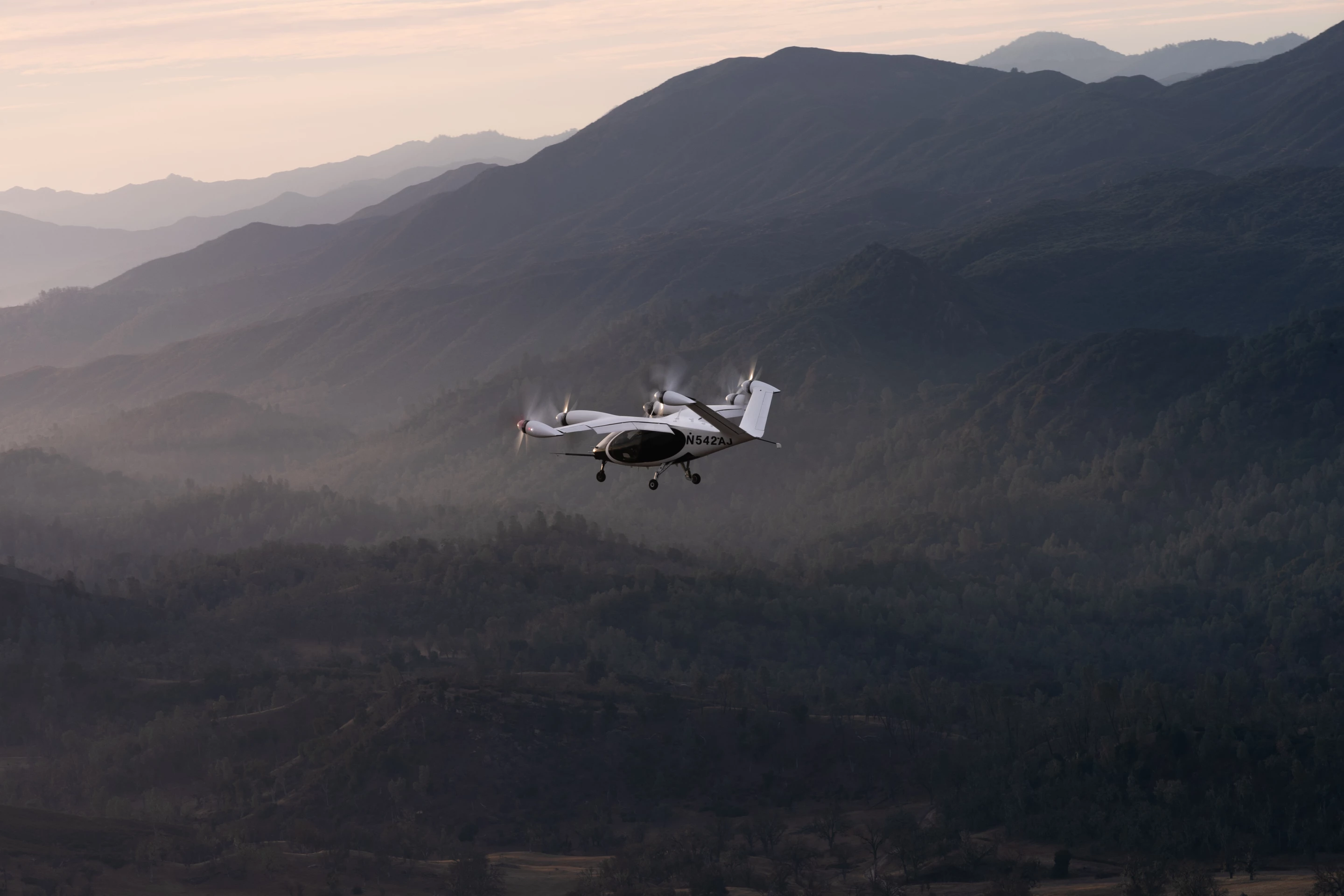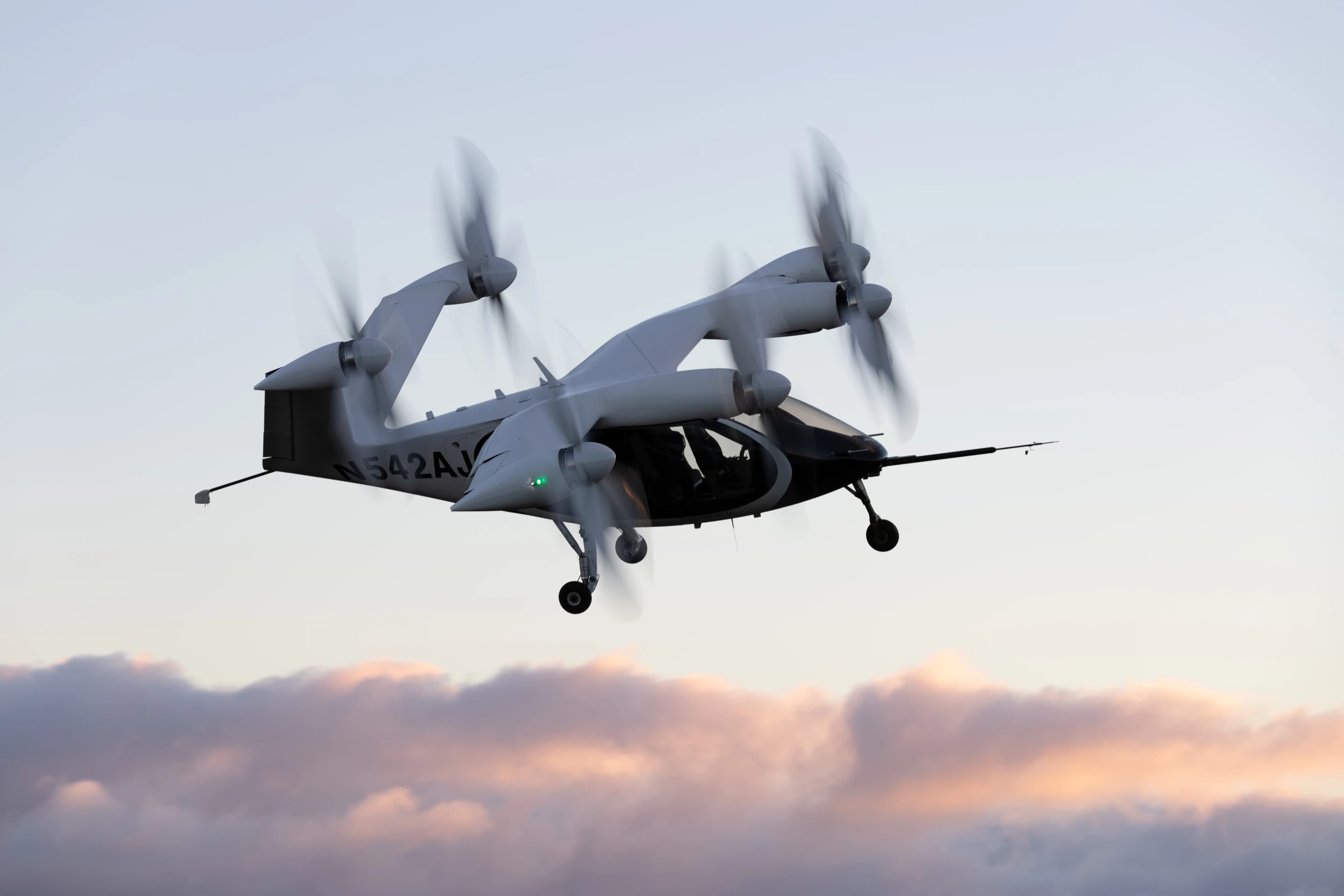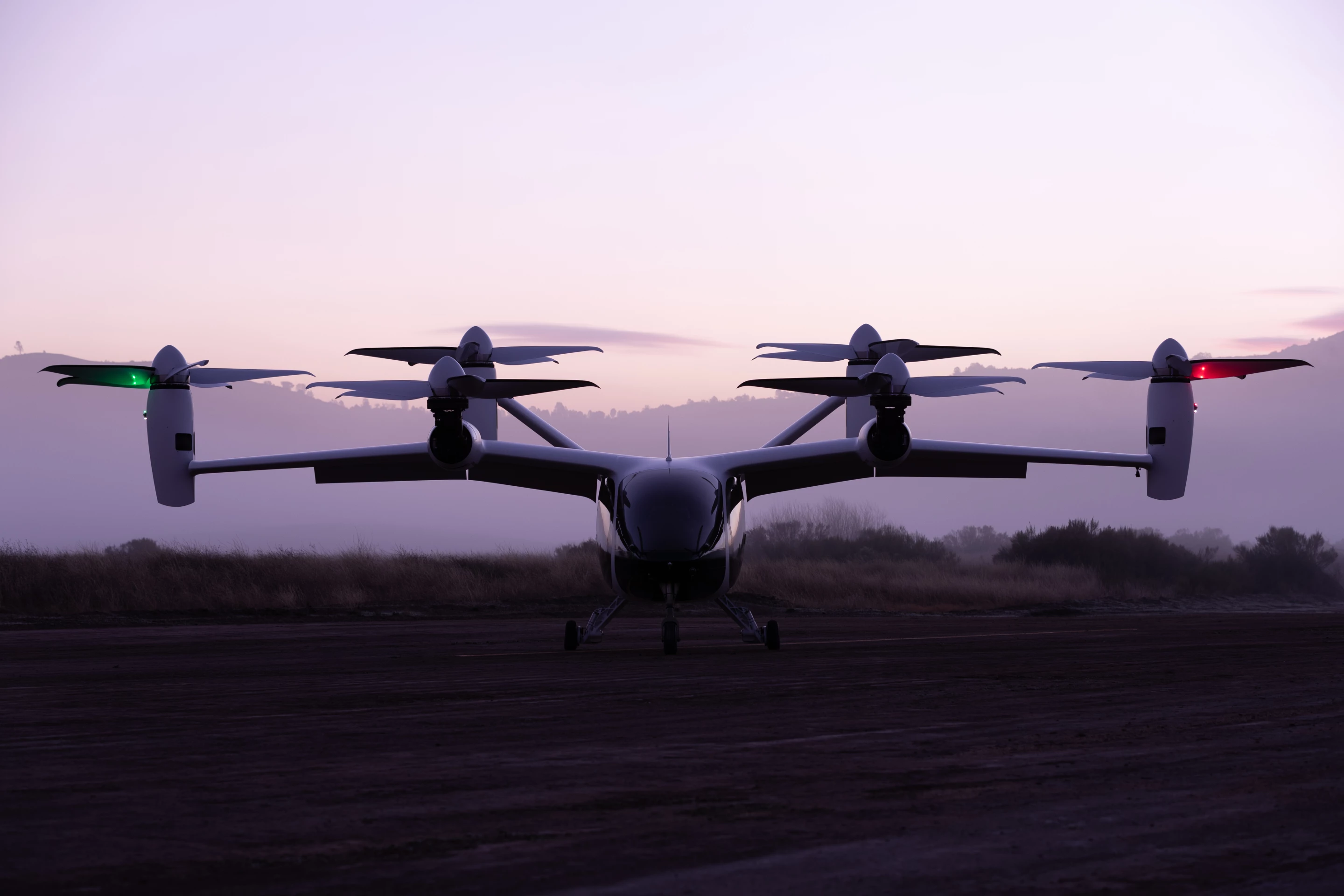Joby Aviation has released new video showing a "complete flight profile" of its eVTOL air taxi, and also announced its plans to create (and profit from) a new carbon credit trading system similar to the one that's kept Tesla profitable for some time.
As much as Tesla sells cars, one of its biggest earners is selling carbon credits to other auto manufacturers. These carbon credits were introduced by governments worldwide to incentivize automakers to reduce emissions on their fossil-fueled vehicles and invest in clean electrics; for example, California and 13 other US states require car companies to make a certain percentage of their sales zero-emissions vehicles. If they can't, they can buy credits from other companies that have some excess credits, and since Tesla only makes electrics, it gets to sell all its credits.
This has been a pretty neat racket for Tesla. In 2020, the company sold about US$1.4 billion worth of carbon credits to companies including GM and Fiat Chrysler. This year, it's likely to be more than US$2 billion. That's pure profit – there's no cost other than a bit of paperwork wrangling for Tesla, and it's been effectively able to leverage its pioneering position in the EV market into a nice pile of cheddar that's come in very handy through the company's wobbly early years.

The aviation industry is going to prove much harder to decarbonize; batteries don't carry enough energy to get the job done a lot of the time, and hydrogen-based aviation is still in its infancy. But there are companies moving to make seriously big plays in electric aviation using existing technology, and you bet your life they've been watching Tesla's every move.
If I had to bet on one horse in the eVTOL air taxi game right now, I'd pick California's Joby Aviation. These guys have been working on electric VTOL aircraft longer than just about anyone. Their prototype has flown thousands of test flights, and was one of the first to receive military airworthiness. They own Uber Elevate. They have more investment money behind them than anyone else in the game, as well as a key partnership with Toyota. And they've already started signing infrastructure deals that will put vertiports on the top of multi-storey car parks in key launch cities across the United States. They're at the top of the AAM Reality Index for good reason.
And they're looking to get into the carbon credit game. Since it doesn't yet exist in the aviation world, they've partnered with JetBlue Airways and Signature Flight Support to "define the framework for the creation, validation and eventual use" of an aviation carbon market that will "include the generation of credits for flights powered by green electric and hydrogen propulsion technologies."

“With JetBlue and Signature, we’re opening up an entirely new path for the aviation industry to more quickly move to sustainable energy sources,” said JoeBen Bevirt, founder and CEO of Joby Aviation. “We invite additional partners to join us and hope these agreements will be the first of many that link today’s air travel to the clean future of flight.”
“This partnership allows JetBlue to not only continue to fulfill our domestic carbon neutrality commitment, but also evolve the type of offsets we purchase and help support the development of electric and hydrogen aviation — critical levers for meeting the U.S. aviation industry’s net-zero goals,” said Sara Bogdan, Head of Sustainability and Environmental Social Governance at JetBlue.
Joby has also just released video of a "complete flight profile" for its air taxi, and while it's not the most exciting thing in the whole world to watch (throttle's on the right, guys) it does give an excellent overview of just how smooth the takeoff, hover, transition to winged forward flight, slow down and vertical landing process will be.
Indeed, it's damn near boring to watch – and that's not a bad thing at all. eVTOLs need to very quickly jump categories from "wild science fiction" to "practical transport" in people's minds if they're to revolutionize transport the way Joby, its competitors and its investors are all betting they will. The video below, and others like it, could play a part in that transition, and we look forward to a time when riding in these things will be every bit as unremarkable as taking a taxi.
Source: Joby Aviation
